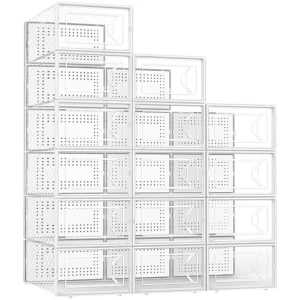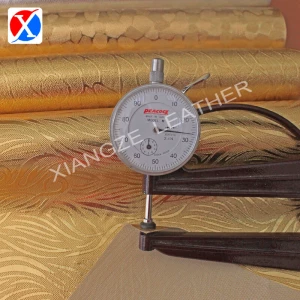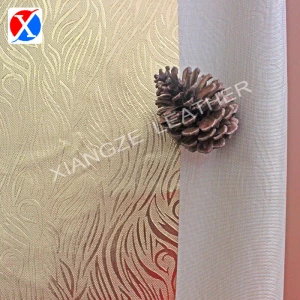Wooden & Bamboo Boxes: Sustainable Packaging Solutions for 2025
In today's eco-conscious market, Wooden & Bamboo Boxes have emerged as premium packaging solutions that combine sustainability with elegance. Whether you're a retailer looking for unique product packaging or a consumer seeking durable storage options, these natural containers offer unmatched versatility. This guide explores everything you need to know about sourcing and using these environmentally friendly alternatives.
How to Find Reliable Wooden & Bamboo Boxes from China in 2025
China remains the global hub for manufacturing high-quality Wooden & Bamboo Boxes at competitive prices. When sourcing from Chinese suppliers:
- Verify certifications like FSC for sustainable wood sourcing
- Request material samples before bulk orders
- Check supplier history on platforms like Alibaba
- Negotiate MOQs (Minimum Order Quantities) that match your needs
Top production regions include Zhejiang, Guangdong, and Fujian provinces, known for their skilled craftsmanship in wood and bamboo products.
What Buyers Should Know Before Buying Wooden & Bamboo Boxes from China
Key considerations include:
- Lead times typically range 30-45 days for custom orders
- Shipping costs may affect price advantages
- Customs regulations vary by destination country
- Quality control inspections are recommended
Case Study: A UK tea company reduced packaging costs by 35% while improving brand perception by switching to bamboo gift boxes from a verified Shenzhen supplier.
Types of Wooden & Bamboo Boxes
The market offers diverse options:
By Material
- Solid wood boxes (pine, birch, mahogany)
- Bamboo plywood containers
- Hybrid wood-bamboo combinations
By Function
- Jewelry presentation boxes
- Wine and spirit packaging
- Cosmetic gift sets
- Artisan food containers
Functions and features of Wooden & Bamboo Boxes
These natural containers offer:
- Superior protection: Denser than cardboard with better impact resistance
- Moisture control: Bamboo naturally regulates humidity
- Custom branding: Laser engraving and pyrography options
- Sustainability: Biodegradable and often reusable
Scenarios of Wooden & Bamboo Boxes
Practical applications include:
- Luxury product packaging (watches, perfumes)
- Wedding favor presentations
- Corporate gifting solutions
- Specialty food storage (tea, chocolates)
- Retail display containers
Data shows 68% of consumers perceive products in wooden packaging as higher quality (2024 Packaging Trends Report).
How to Choose Wooden & Bamboo Boxes
Selection criteria:
- Match box size to product dimensions with 5-10mm clearance
- Consider weight capacity (especially for stacked shipping)
- Evaluate finish options (natural, stained, or painted)
- Assess hinge and closure mechanisms
- Verify eco-certifications if sustainability is a key selling point
Wooden & Bamboo Boxes Q & A
Q: Are bamboo boxes more eco-friendly than wooden ones?
A: Bamboo grows faster (3-5 years vs 20+ for trees) making it generally more sustainable, though both beat plastic alternatives.
Q: Can these boxes be used for food products?
A: Yes, when properly sealed with food-grade finishes. Many tea and chocolate brands use them successfully.
Q: How do shipping costs compare to cardboard?
A: Expect 15-25% higher shipping costs due to weight, offset by reduced damage rates.
Q: What's the typical lifespan of these boxes?
A: With proper care, 5-10 years of reuse is common, far exceeding disposable packaging.
Q: Can I get custom sizes and shapes?
A: Most Chinese manufacturers offer complete customization with MOQs as low as 100-500 units.


























































































































